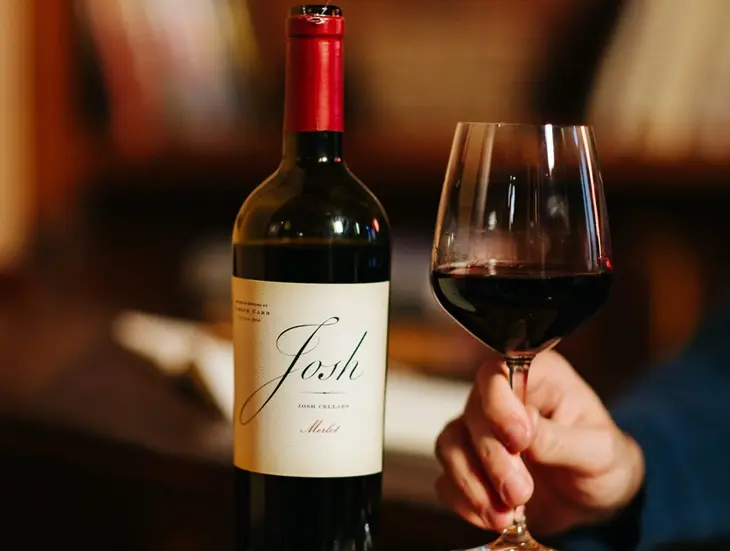California’s summers are increasingly marked by wildfires, a trend exacerbated by climate change transforming the state into a tinderbox. In July, over 19,000 acres in Santa Barbara were scorched, prompting evacuations at several wineries. On September 8, another significant fire erupted, consuming 54,000 acres across Los Angeles and San Bernardino counties by September 15.
The magnitude of this challenge has led tech giant Google to announce a $13 billion investment in satellite imaging, aimed at enhancing wildfire detection and tracking efforts.
The stakes are high for California’s wine industry, valued at approximately $88 billion as of 2022. A critical concern for producers is how to address smoke damage to grapes.
AI Solutions for Smoke-Tainted Wine
Charles Slocum, co-founder and chief business officer of Tastry, discussed how artificial intelligence (AI) is being utilized to combat smoke taint in wine. “TastryAI employs advanced algorithms to analyze the compounds present in wine, creating a flavor profile,” he explained. This AI technology can predict how these compounds will affect the wine’s flavor and aroma over time, offering tailored recommendations for mitigating smoke effects while maintaining quality.
Slocum emphasized the advantages of AI over traditional manual inspections. “TastryAI can detect subtle compound variations often missed by human evaluators, especially in early stages when taint isn’t immediately evident. It also forecasts future changes based on current compound levels,” he noted. The AI’s specificity allows for more precise recommendations than those provided by manual assessments.
For producers, the cost for a “smoke-only” analysis is $245, with full samples at $370 and remediation analyses priced at $555, though discounts are available for regular clients.
When smoke taint is identified, producers must find solutions. One winery in Oregon repurposed 800 cases of affected Pinot Noir into a smoky BBQ sauce, while another distilled its vintage into spirits. TastryAI offers customized interventions, suggesting adjuncts or blending recipes to effectively reduce smoky flavors.
As wildfires become more frequent globally, interest in TastryAI’s technology has spread beyond California, reaching other U.S. states and Canada.
Alternative Approaches to Mitigate Smoke Taint
In addition to AI, researchers are exploring new methods to combat smoke taint. A team at the University of Adelaide is investigating a molecular imprinted polymer (MIP) developed in New Zealand by Amaea. Professor Kerry Wilkinson explained that MIPs selectively reduce volatile phenols—compounds responsible for undesirable smoky aromas. By using MIP beads with billions of binding sites, the technology can capture and remove these phenols from affected wines.
Experimental results showed that adding MIP beads to smoke-tainted Pinot Noir for 24 hours removed 35-57% of volatile phenols, though some color loss occurred. Similar tests on Semillon and Merlot produced promising outcomes.
Dr. Aaron Low, chief technical officer of Amaea, highlighted the potential for MIPs to address other taints as well, stating, “We are expanding our treatment profile to include pyrazines and ethyl phenols.”
While preventing wildfires remains a significant challenge for fire services across the Western U.S., researchers at Oregon State University have developed a spray-on coating that can protect grapes from volatile phenols, offering another avenue for safeguarding wine quality.
As the climate crisis continues to threaten California’s vineyards, innovative technologies and methods are emerging to help producers navigate the complexities of wildfire impacts and maintain the integrity of their harvests.


